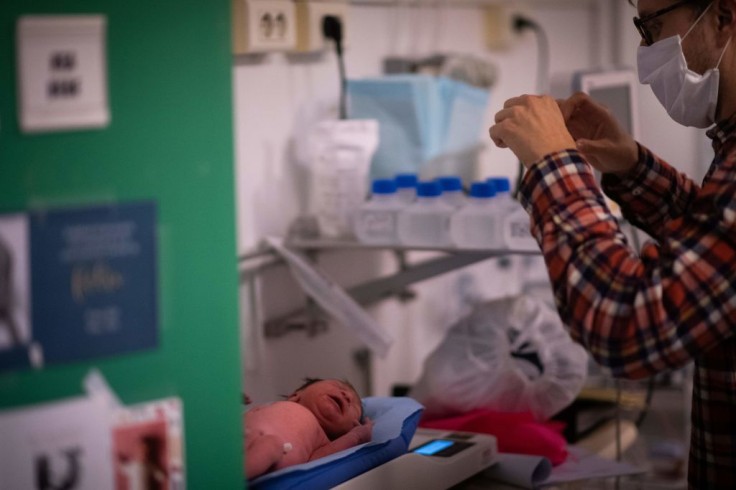
It's jarring for many parents to deal with infants with fever, but a newly-released guideline from the American Academy of Pediatrics (AAP) is hoping to minimize the confusion on the kind of medical care the baby needs.
Before the guidelines came out, pediatricians had no set protocols for infants with fever, and their suggestions may vary from one doctor to the next. Some pediatricians may recommend an hour of observation at the hospital's emergency room, while other doctors may require several tests to determine what's causing the fever.
According to the AAP, they came up with a blueprint for doctors to "safely do less." Developed by a team of experts from general pediatrics, pediatric emergency medicine, infectious disease, and general emergency or hospital medicine, the new guidelines have been published in the journal Pediatrics.
When to Call the Doctor
The AAP recommends parents call the doctor as soon as possible if they have a baby with a fever that is younger than 60 days. For babies who are 60 days or older, a two-day wait is within a reasonable time before the parents can bring their child for a check-up. An infant has a fever if her body temperature is 100.4°F or higher.
Dr. Eric Biondi of the Johns Hopkins School of Medicine said that the doctor should see infants with fever who may look fine if they are less than two months old because their immune systems are not as strong as older kids. The fever could be a sign of overheating, dehydration, urinary tract infection, or a bad bacterial infection. However, it may also be a symptom of a serious condition like meningitis or bacteria in the blood.
However, Biondi also said that many pediatricians have been "over-diagnosing, over-treating, over-lumbar-puncturing and over-hospitalizing" infants with fever for a long time when they don't need these tests. Thus, the new recommendations have to come into play for both parents and doctors to work with each other when making decisions about the child's health.
The guidelines also come with a list of procedures that may be undertaken during the diagnosis for babies between three groups: eight to 21 days old, 22 to 28 days old, and 29 to 60 days old. The AAP said pediatricians must observe the seven key action statements for these age groups based on the supporting evidence they have to determine during the examination.
Dr. Sean O'Leary of the Committee on Infectious Diseases for the American Academy of Pediatrics said that parents could be assured that these guidelines are all based on decades of accumulated knowledge on managing infants with fever. In other words, the recommendations are science-based and well-researched.
Taking Baby's Temperature
When taking a baby's temperature, parents should use a digital thermometer rather than a mercury thermometer for an accurate, fast, and simple result. Skin strips tests are not recommended for infants as these may easily irritate their skin.
A rectal thermometer is best for young kids under three years old as it can accurately detect the baby's temperature without any fuss. However, parents need to keep in mind that a rectal thermometer has a different shape than an oral thermometer, and these should not be substituted for the other.
Always follow the direction stated by the product maker to prevent poking and perforation on the hole of the rectum. However, some parents might not feel comfortable taking a rectal temperature, so they could do a check in the armpit or the forehead if they have the right device.